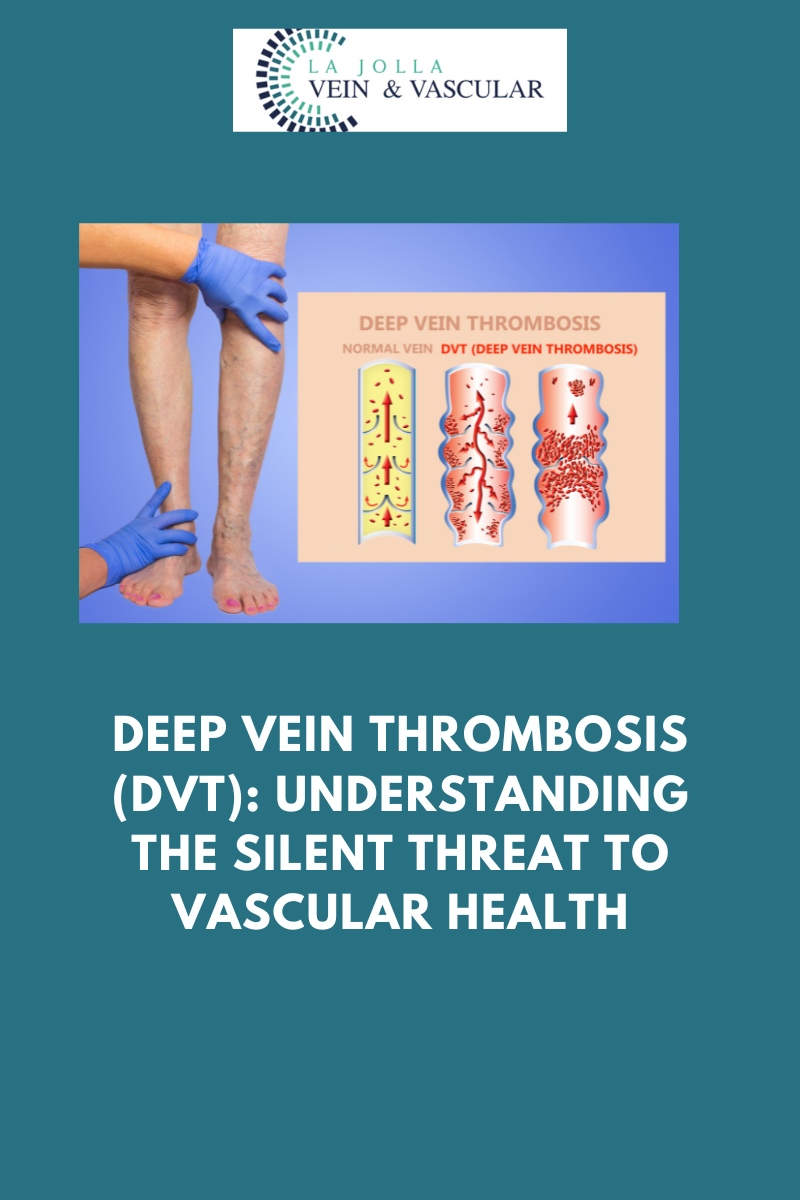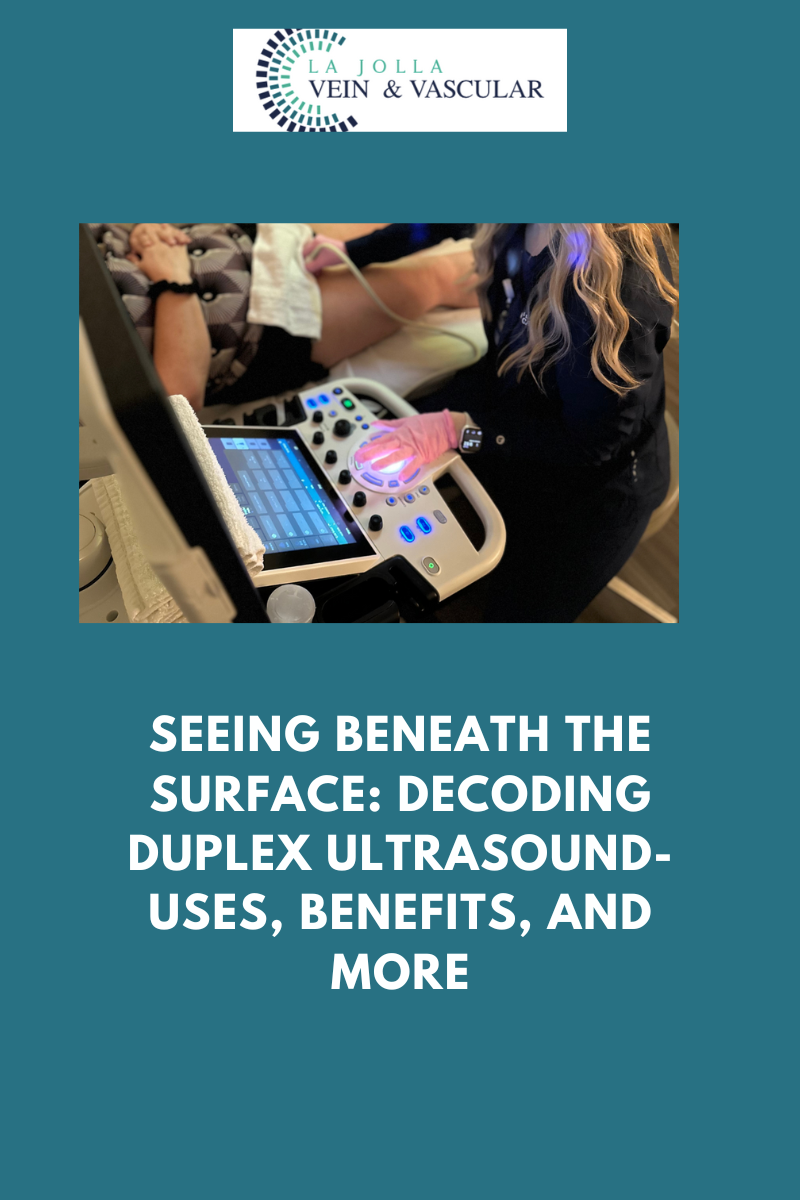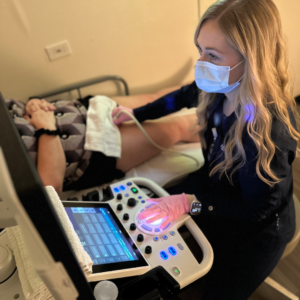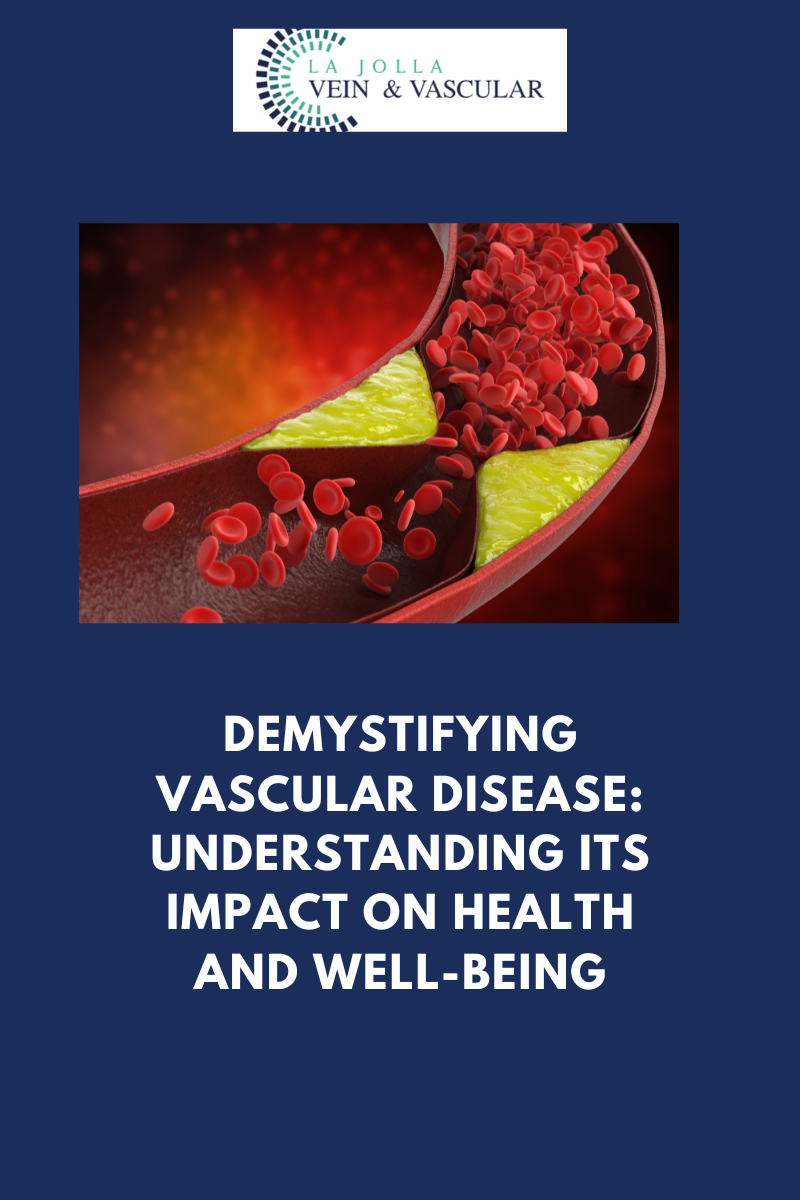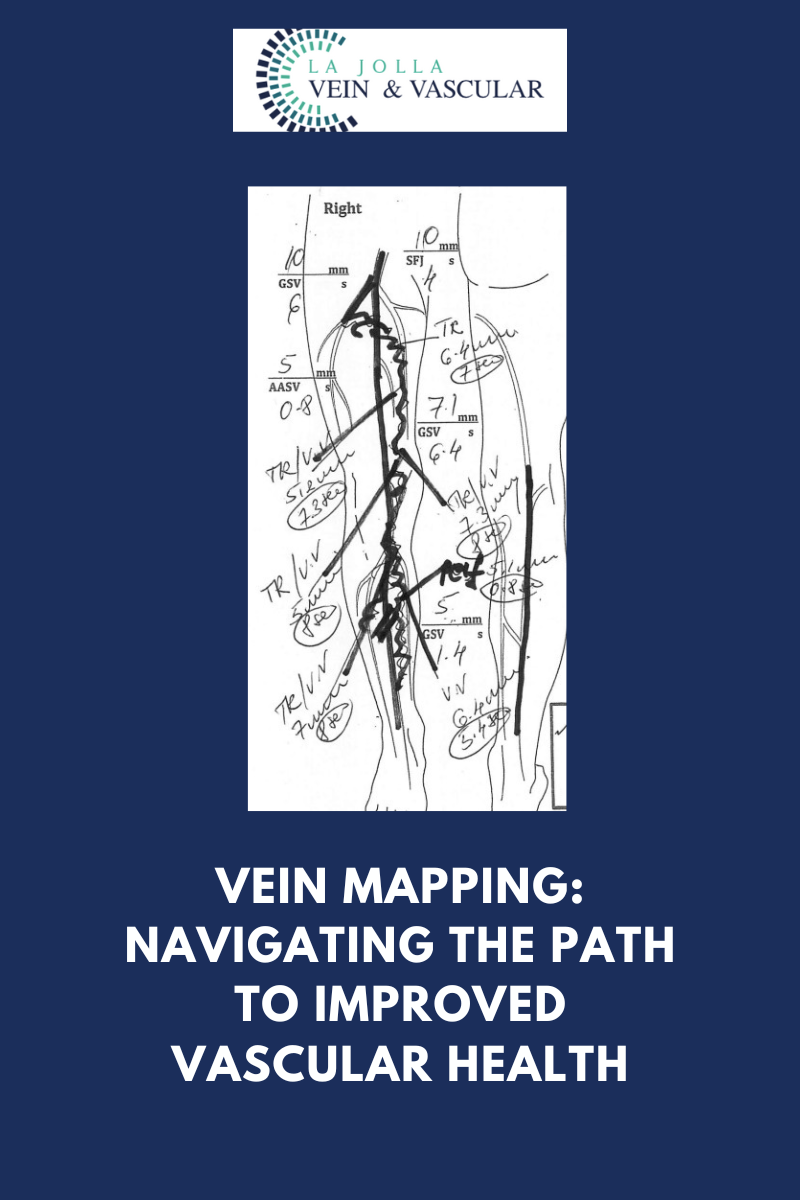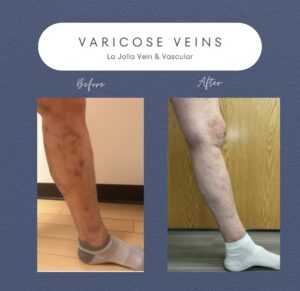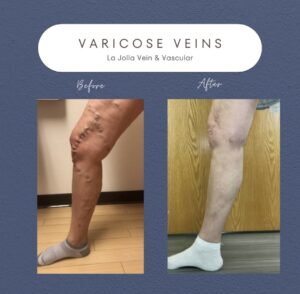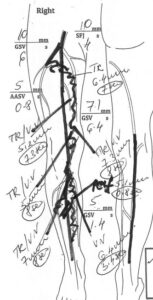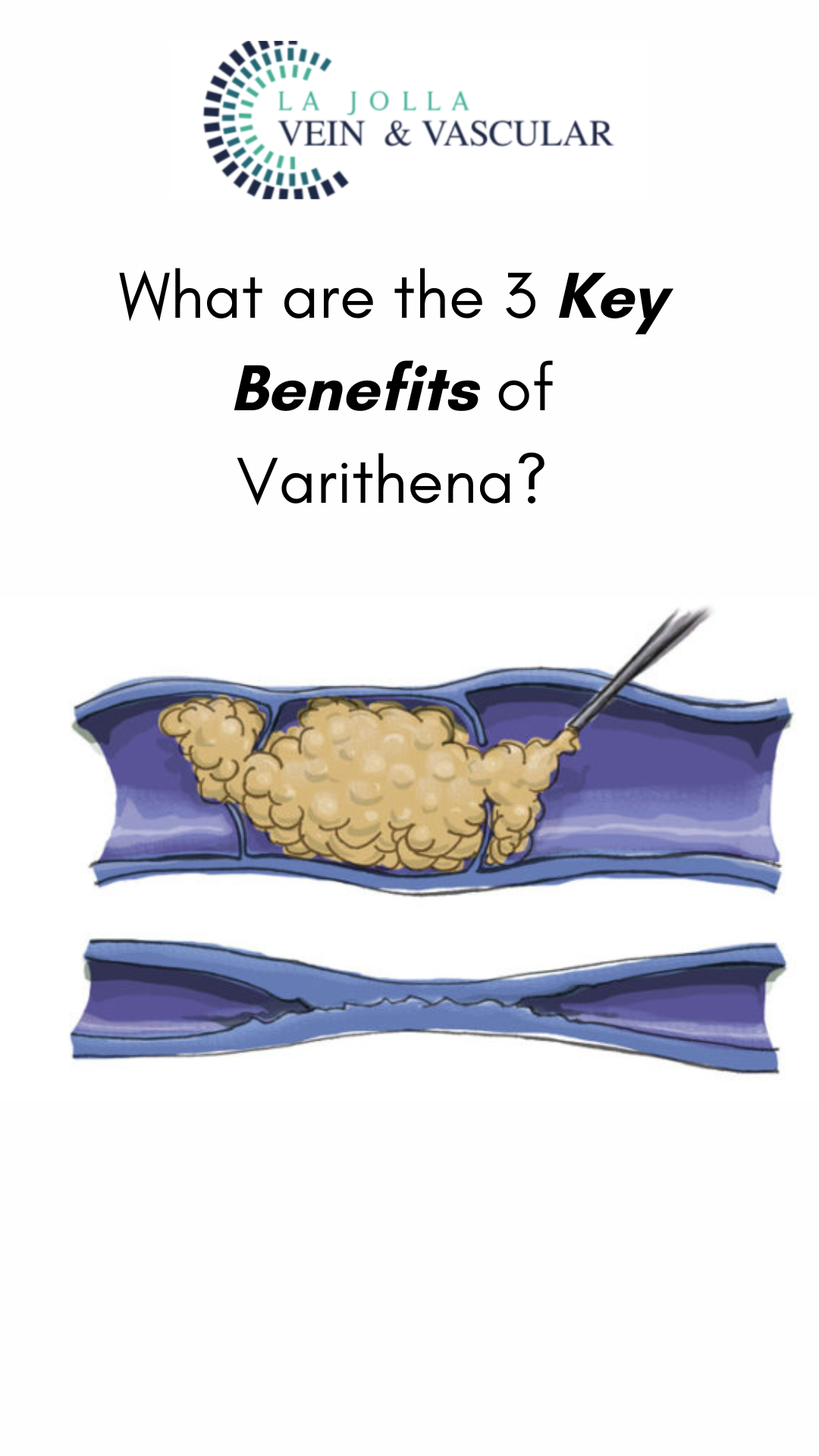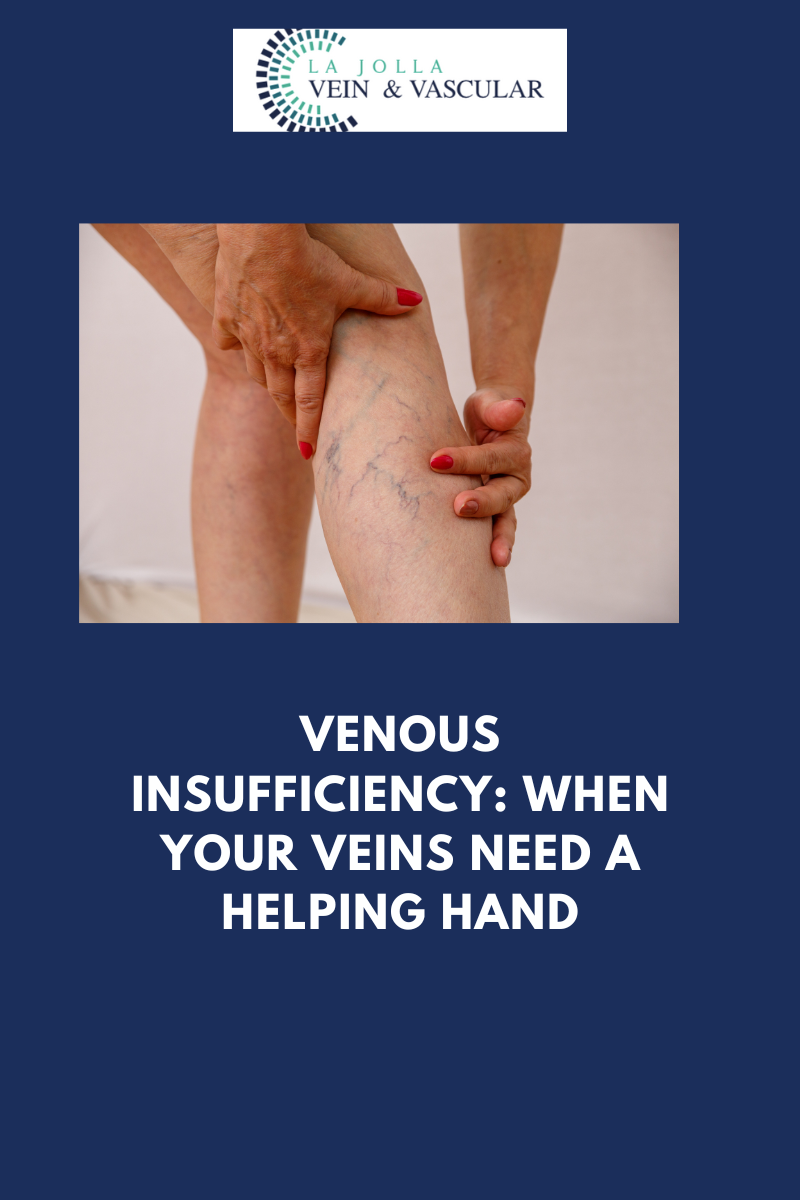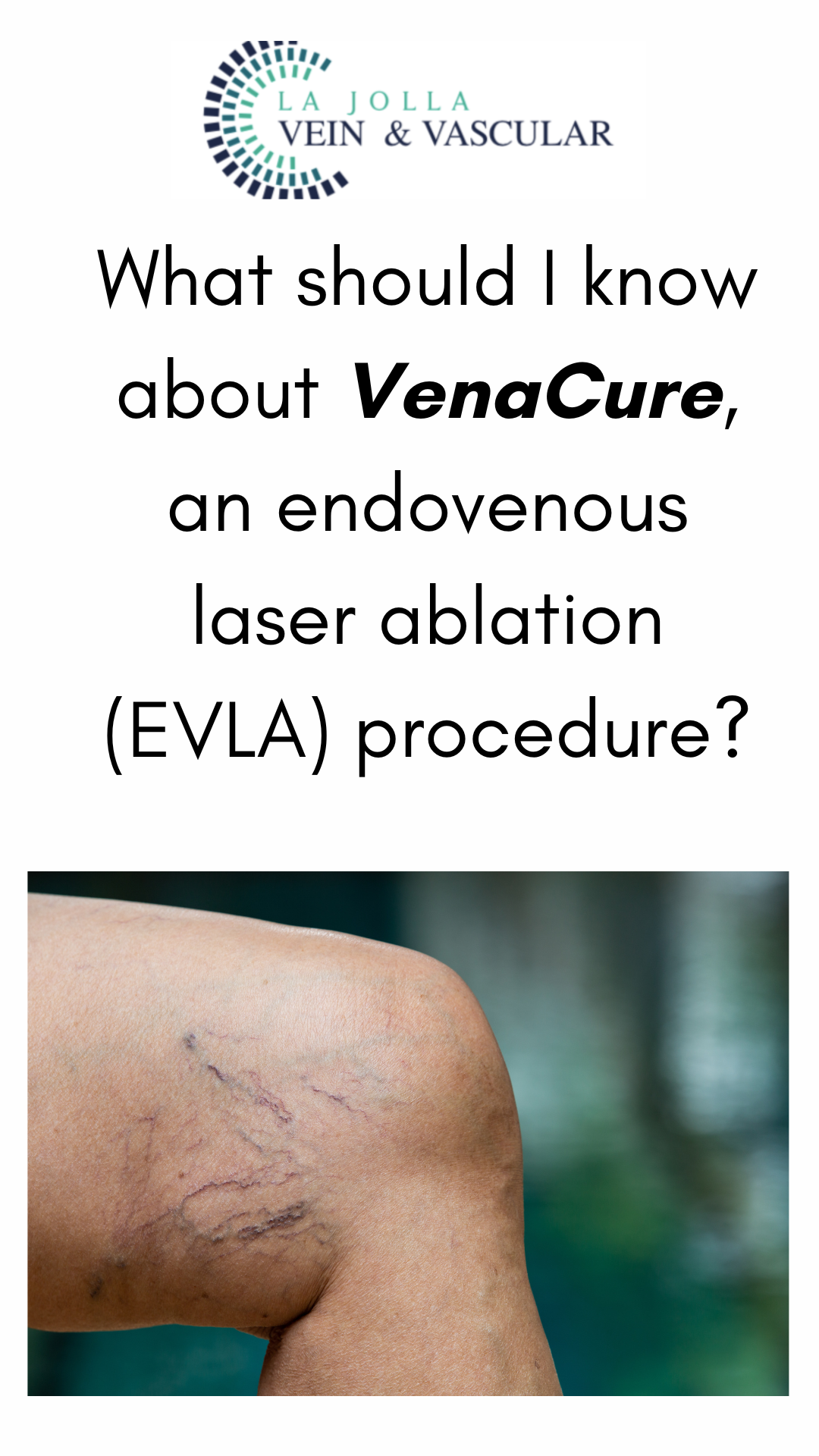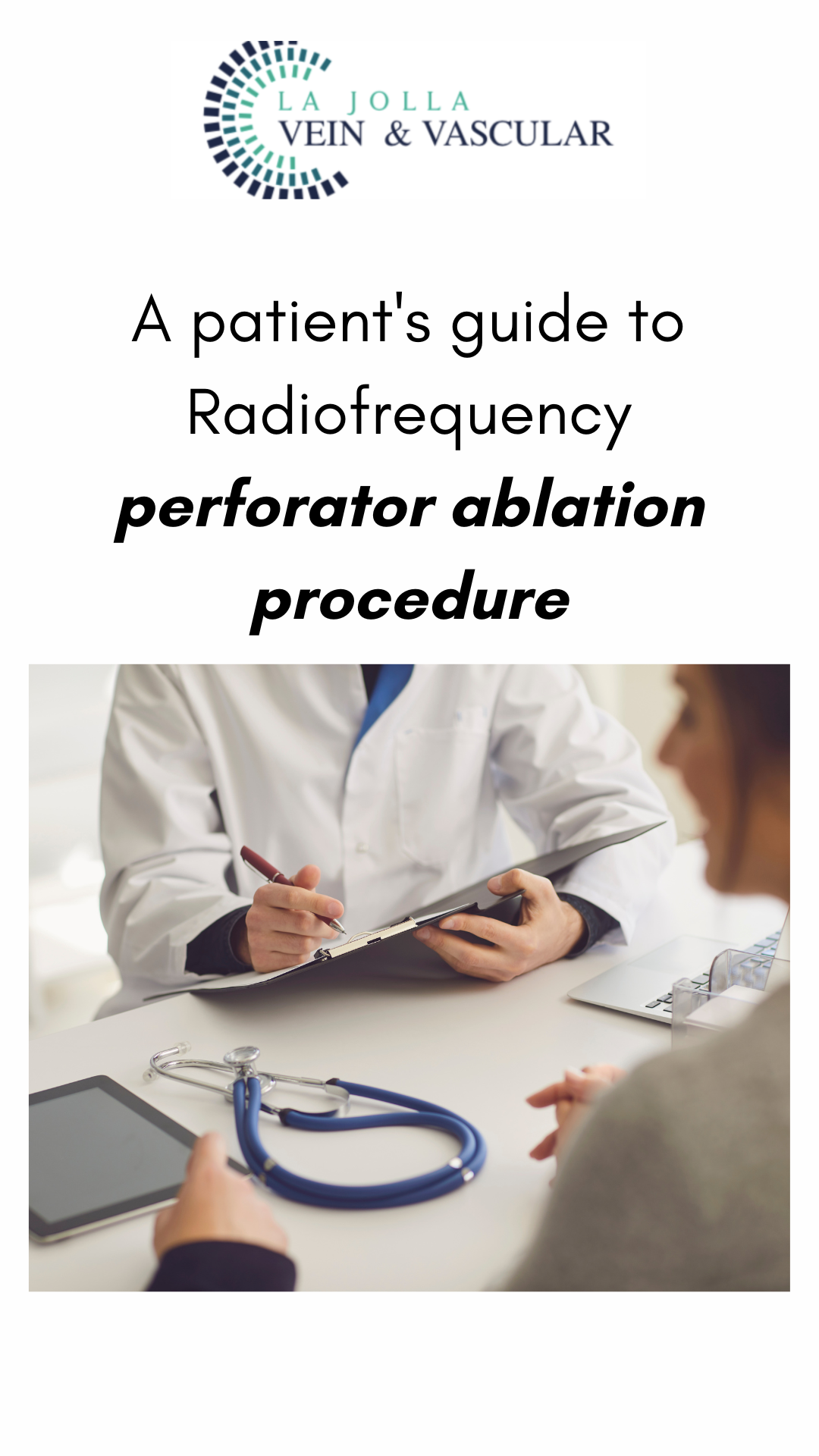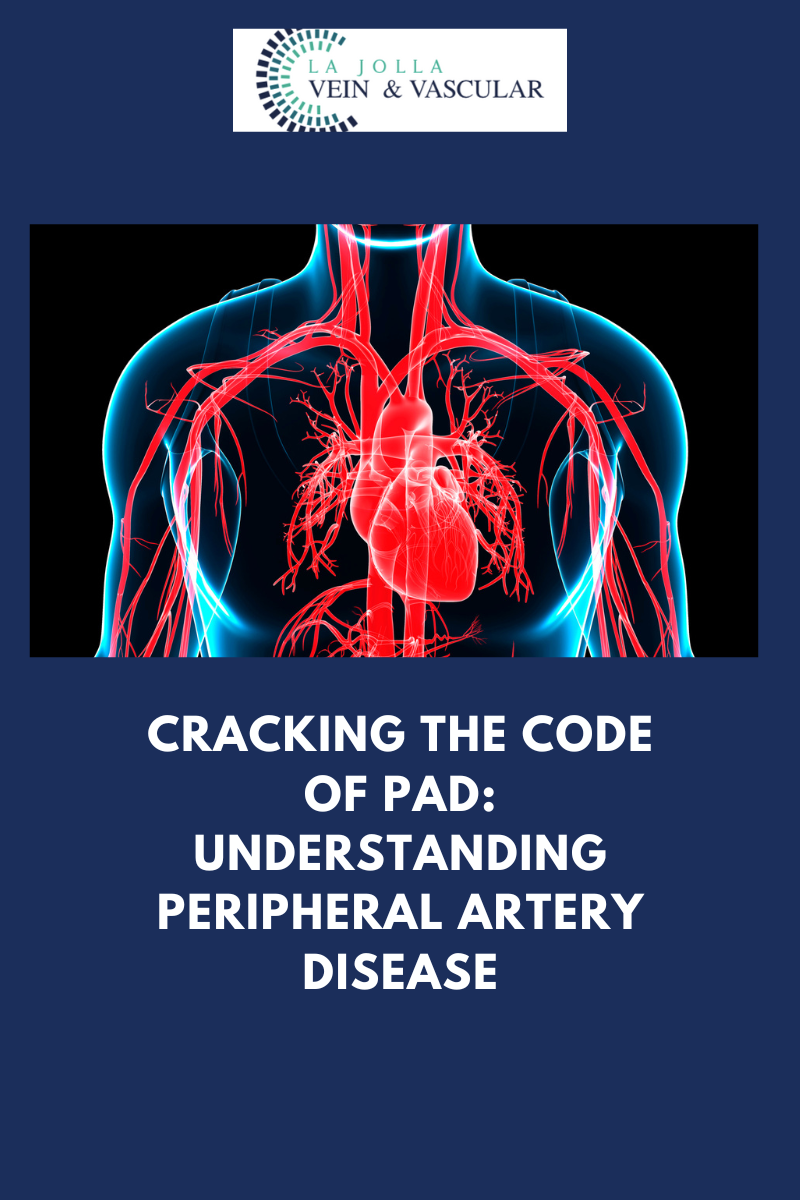What should I expect when I undergo Ultrasound-guided foam sclerotherapy?
LJVascular2024-06-06T06:46:05-07:00Ultrasound-guided foam sclerotherapy emerges as a highly effective and minimally invasive treatment option for varicose veins, offering targeted relief for surface veins and those not visible to the naked eye. This innovative procedure utilizes foam medication that can be precisely administered under ultrasound guidance, allowing for accurate targeting of varicose veins that may […]


